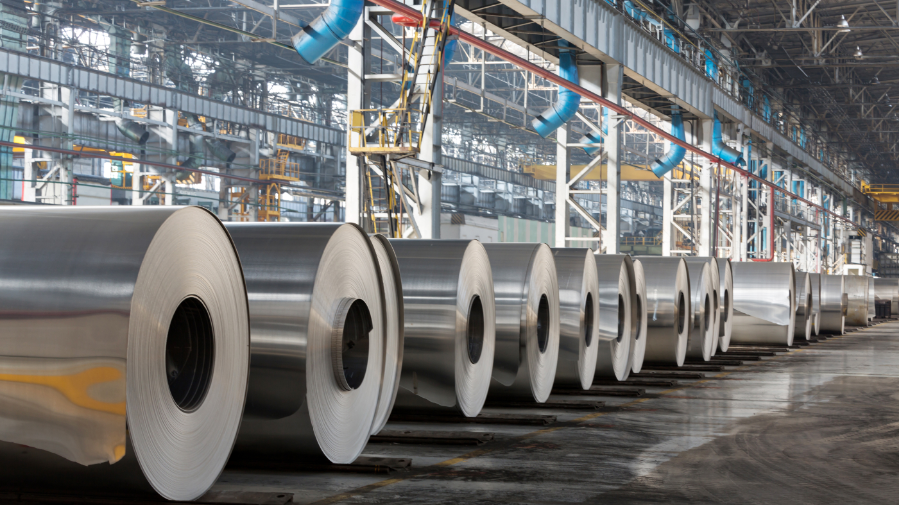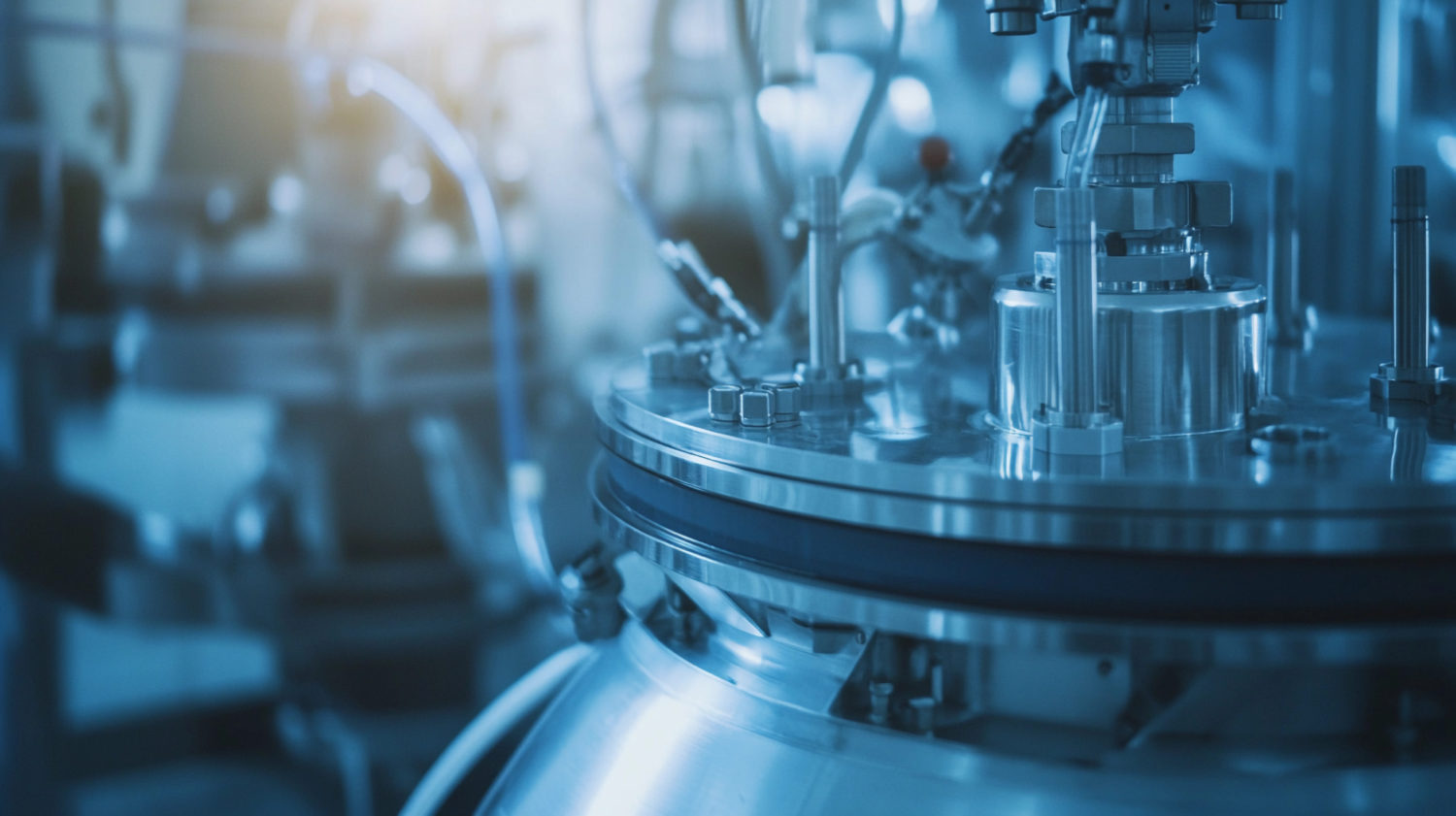Home: Aluminum producers struggle to respond to higher prices

(The opinions expressed here are those of the author, Andy Home, a columnist for Reuters.)
Global aluminium production growth ground to a halt in the second quarter of this year even as prices rallied to multi-year highs on both London and Shanghai markets.
Annualised run-rates dropped by 120,000 tonnes after rising by 590,000 tonnes in the first quarter of 2021, according to the latest figures published by the International Aluminium Institute (IAI).

China, the world’s largest producer, continued to lift operating rates, unsurprisingly given Shanghai prices hit an 11-year high in June and the country’s demand has been running red hot.
However, the supply response to super-high prices has been muted by past standards, attesting to a string of power-related constraints on smelters in several Chinese provinces.
In the rest of the world annualised run-rates have been gently sliding since March. First-half production of 13.04 million tonnes was up only 0.7% year on year, with China driving the headline 4.4% increase in global output.
Which on current evidence is being outstripped by demand growth, particularly in China, which still can’t produce enough primary metal to supply the domestic market.
Applying the brakes
China imported another 294,081 tonnes of primary and alloy aluminium last month, extending an import trend that has been running since the second quarter of last year.
Although national aluminium production rose by 7.3% year on year in January-June, it is clear the Chinese market is running short of metal.
The government appears to think the same, scheduling another round of state reserve sales, including 90,000 tonnes of aluminium, for July 29.
Chinese smelter production growth decelerated over the second quarter with output growing only 1.7% relative to the first quarter.
The IAI’s estimates differ slightly from the official Chinese figures but both are currently capturing the same theme of stalling impetus.
Chinese smelter production growth decelerated over the second quarter with output growing only 1.7% relative to the first quarter
Drought conditions in Yunnan – a hub of hydro-powered aluminium production – have led to smelter curtailments which will pass with the arrival of seasonal rains.
Less transient will be the government’s dual control energy policy, which targets steady improvements in both energy consumption and intensity as China embarks on the road to carbon-neutrality by 2060.
Several provinces have already fallen behind on their targets, which triggered capacity curtailments in Inner Mongolia earlier this year.
On paper there is plenty of potential for further Chinese aluminium production growth. Annualised production is nudging up against the 40-million tonne level, compared with a government cap of 45 million tonnes.
But power constraints are now acting as a gentle continuous brake on new capacity growth and the pressures on a smelter sector still overwhelmingly dependent on coal will only grow.
Chinese provinces accounting for close to 65% of national production capacity missed one or both energy targets in the first quarter of this year, according to U.S. producer Alcoa’s second-quarter results presentation.
High margins, lower production
Alcoa reported its highest-ever quarterly net income since the company’s inception in its current form in 2016. Realised pricing jumped more than 60% year on year on a combination of strong London Metal Exchange prices and super-strong physical premiums.
Other producers are reaping a similar windfall, but that didn’t stop first-half aluminium output dropping across all regions with the exception of Latin America, non-China Asia and Western Europe, the latter notching up a meagre 0.4% year-on-year rise.
A 15% year-on-year jump in Latin American production is flattered by the partial curtailment of two smelters in the first half of 2020 – Brazil’s Albras (fire) and Argentina’s Aluar (covid-19).
India was a core driver of an 8% increase in first-half aluminium production in Asia outside of China. The country’s biggest producer Vedanta Ltd reported a 17% jump in calendar second-quarter output.
However, the collective supply response to higher prices outside of China appears to have peaked in February of this year, when annualised output hit 26.48 million tonnes. By June the rate was back at 26.04 million tonnes, the lowest monthly outcome since November last year.
Restarts?
Restarts of idled capacity are back on the aluminium agenda.
Norway’s Hydro has just completed the reactivation of a 100,000-tonne per year potline at its Husnes smelter. The line was idled in 2009 in the wake of the price hit generated by the global financial crisis.
Alcoa Chief Financial Officer William Oplinger told an industry conference in May that the company was evaluating several restart options in the light of the transformation in market dynamics.
Alumar, a 447,000-tonne smelter in Brazil that has been out of action since March 2015, is a front-runner. As reported by Fastmarkets, Oplinger said “we’d be looking for an energy contract (…), in the mid-term, to get that plant up and running.”
Other producers will surely be doing the same as both futures prices and physical premiums march higher.
However, the production lift thus far has been restrained in China and anaemic in the rest of the world.
That feeds into the emerging bull narrative of a market facing structural supply issues, first and foremost in China, the powerhouse of aluminium production growth for most of this century.
(Editing by David Evans)
{{ commodity.name }}
{{ post.title }}
{{ post.date }}

Comments
Benny Boy
Hydro is also restarting the plant in Sjunnen, Sweden. It will be fully operational by fall 2021 and also hav an extra production line which increases production by 10k Ton.
https://www.hydro.com/no-NO/media/news/2021/hydro-utokar-kapaciteten-for-hallbar-aluminium-produktion-i-sjunnen/